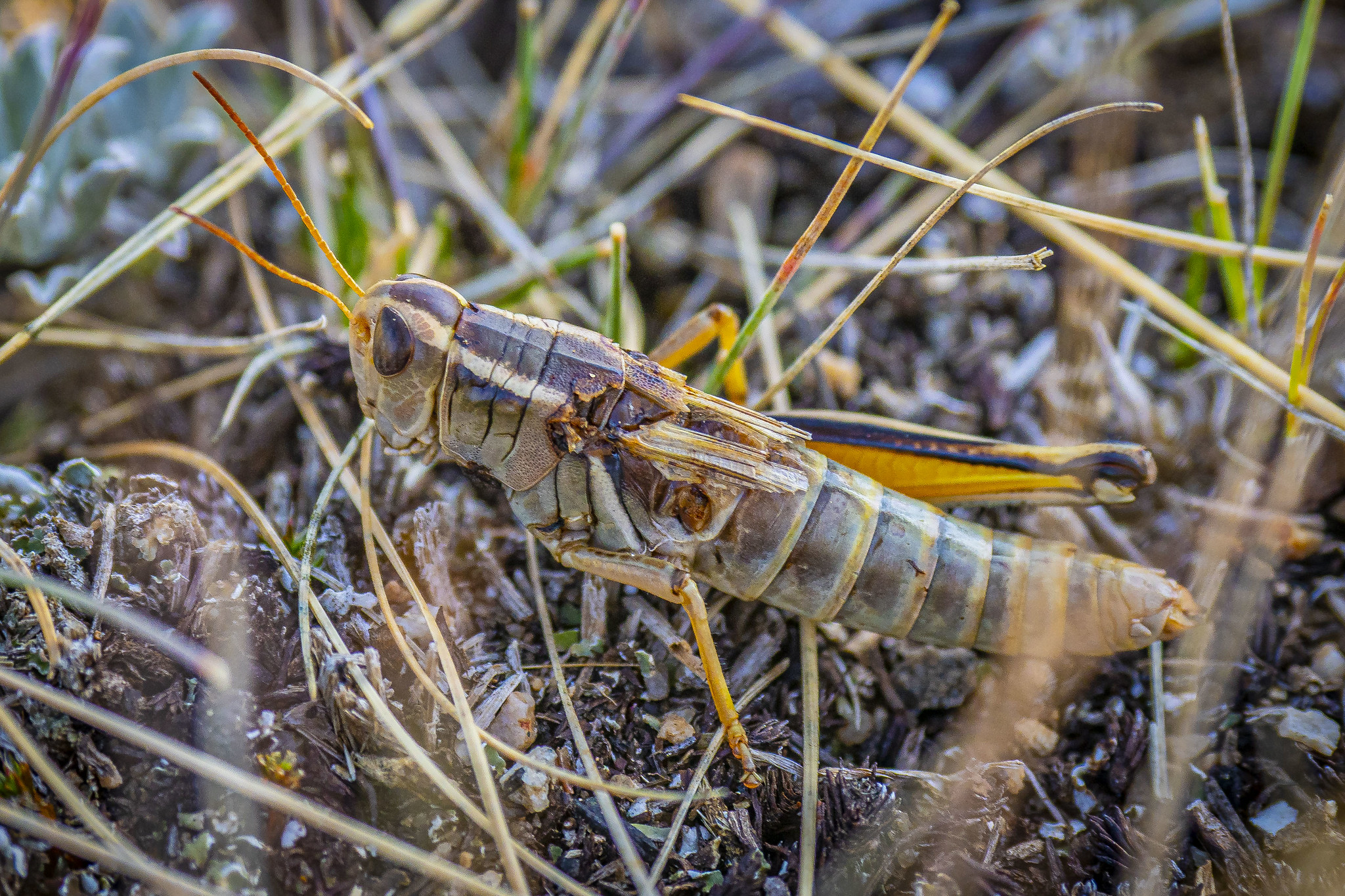
Jul 13, 2021
Organic concern over USDA plan to spray insecticide on 2.6M Montana acres
The Xerces Society for Invertebrate Conservation is concerned a USDA plan to aerially spray an insecticide on more than 2 million acres of Eastern Montana grasslands could hurt organic farms in the area – among other things.
The U.S. Department of Agriculture’s Animal and Plant Health Inspection Service (APHIS) is currently soliciting contract bids for insecticide sprays across Eastern Montana, according to a news release from the Xerces Society. More than 2.6 million acres of Montana grasslands are identified in the bids as potential areas for aerial sprays, to suppress native species of grasshoppers. The insecticides will be applied aerially starting in mid-June, with the drift putting at risk organic farms and a national wildlife refuge adjacent to the proposed spray areas, as well beneficial insects within the spray blocks.
Montana is third in the nation in USDA organic certified acres and is the nation’s largest producer of organic wheat, lentils, chickpeas, emmer and spelt, according to the release. Eastern Montana supports between 600 and 900 species of native bees. Western monarch butterflies also breed in the region. The western migratory population of the monarch butterfly has declined by 99.9% since the 1980s.
Federal, tribal, and private land in at least sixteen counties of eastern Montana are included in the potential spray areas, according to the release. The overall area of the planned spray blocks measures more than 4,000 square miles, larger than Delaware and Rhode Island combined, with some individual blocks measuring over 100,000 acres.
The chemical to be sprayed is called diflubenzuron, a restricted-use insecticide that kills developing insects by impeding their molt. While the insecticide is meant to kill grasshoppers, the Xerces Society said any juvenile insect that ingests the insecticide could be harmed, including insects that naturally keep grasshoppers in check.
“Aerial application of insecticides on this scale will eliminate millions of insects that pollinate, recycle plant nutrients and perform natural pest control,” said Sharon Selvaggio, Pesticide Program Specialist with the Xerces Society. “Insecticide sprays on this scale across native ecosystems are short-sighted and unsustainable.”
Insecticide drift is expected beyond the spray footprint, since due to uneven topography the planes may be flying at 75 feet above ground level, and hot dry conditions expected during application windows can exacerbate off-site movement, according to the news release.
Organic farms affected by chemical drift would risk losing certification, and the farmers would lose the associated income for three years. They also risk disrupting their carefully planned crop rotations.
Pilots are not required to observe any buffers around certified or transitioning organic acreage unless the landowner has made a specific request, according to the news release. In addition, APHIS is contacting organic farmers in affected counties and has requested that organic farmers submit digital maps of their lands, something many farmers may not have at their fingertips.
“It’s horrifying that the government sprays insecticides from aircraft across the public lands of the West,” said Jocelyn Leroux, Washington/Montana Director of Western Watersheds Project. “They are poisoning the food of grassland birds, including imperiled species like the sage-grouse, for the sake of public lands livestock grazing.”
Above, grasshoppers in the Whitetall Mountains in the Butte Ranger District of Beaverhead-Deerlodge National Forest Montana, September 13, 2019. Photo: USDA/Preston Keres






